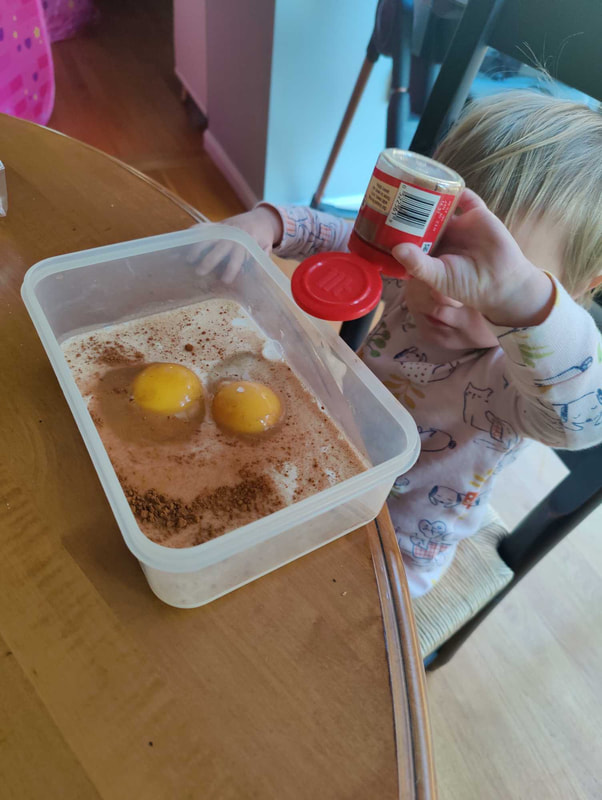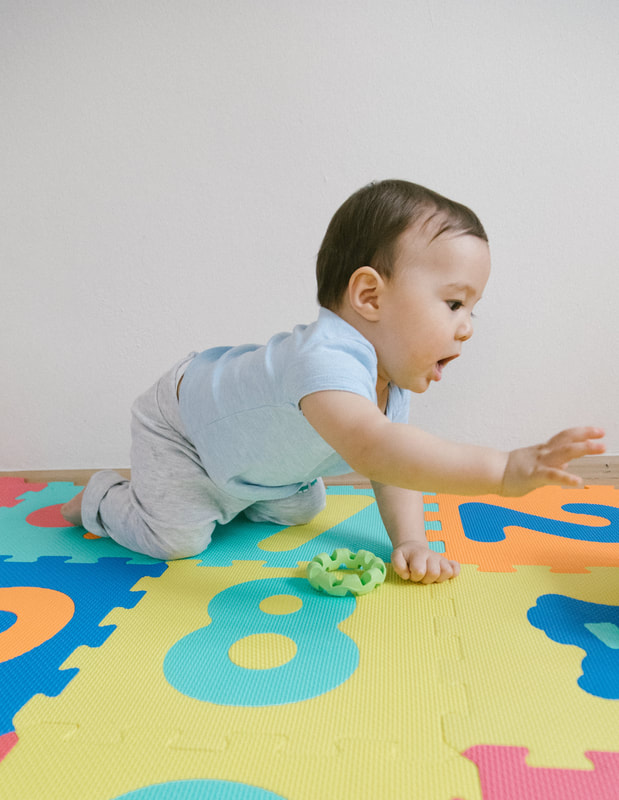KidBitz with Dr. Randy
Dr. Randal FEdoruk
I am a pediatric occupational therapist. I have worked with children in various settings for over twenty years. I am a professor and I teach pediatrics and mentor Doctoral students completing research with a pediatric focus.
Categories
All
Child Development
Children
Feeding
Motor Milestones
Motor Skills
Nap
Occupational Therapy
OT
Picky Eating
Sensory Processing
Sleep
Archives
April 2024
March 2024
February 2024
January 2024
December 2023
July 2023
March 2021
February 2021
January 2021














 RSS Feed
RSS Feed